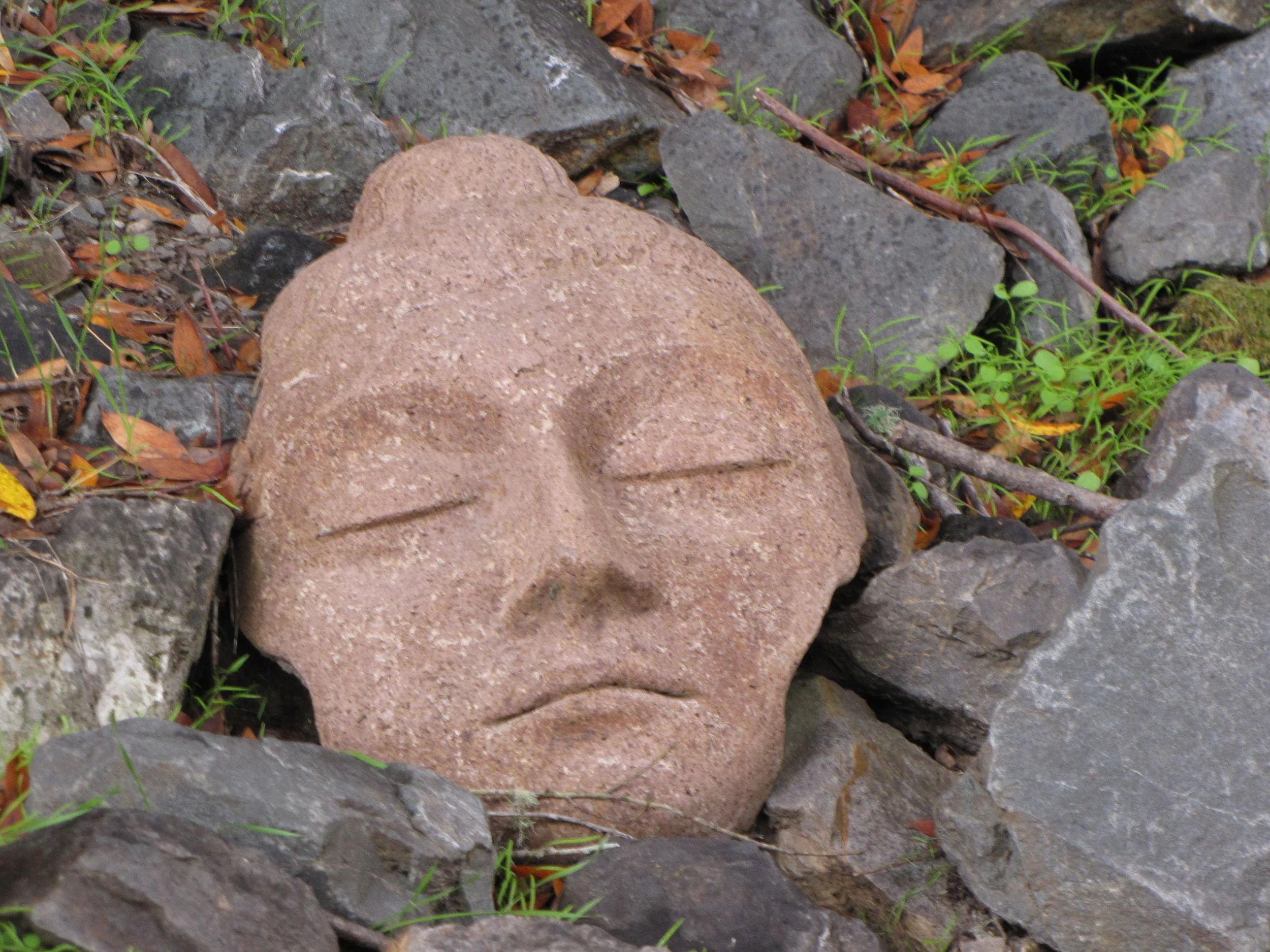Homo has a Sapiens Problem (Rev. Tom VandeStadt)
Soil, sole, soul. In his book, Earth-Honoring Faith, Larry Rasmussen riffs on how a number of faith traditions connect our human souls to Earth’s soil through the soles of our feet. Soles touch soil, grounding embodied souls to Earth’s body. Our soles’ intimate relationship with soil creates a sacred soul connection. Or as Thoreau put it, “heaven is under our feet as well as over our heads.”
Xavier Rudd beautifully illustrates this reality in his music video, Come People. The soles of his bare feet dance-walk down the sidewalk of an urban landscape through throngs of mostly rushed, distracted, harried, disconnected people. A few notice and join him as he leads them to a vibrantly lush countryside, his soles stepping lightly on living soil as he invokes the Great Spirit. Images of Earth’s stunning biodiversity are interspersed with the faces of those who have followed him, now more relaxed and happier. Then we see his body emerge from Earth’s body, all covered in mud—soil and water. The birth of Earth’s human creature. Adama. Homo. All the while we hear his voice sing, “I believe we are one, we are sacred. So why are we so divided?” The video’s effect is poignant and inspiring. An embodied human soul, intimately connected to Spirit and earth, seeking to reconnect other soles and souls that have become tragically disconnected. The very definition of religion—to stitch back together.
The Hebrew rabbis were on to something, more than they themselves appreciated, when they said God created the first human, Adam, from dust, soil, earth. Adam is derived from the Hebrew adama, which means dust, soil, earth. We know today that the human body did evolve from the Earth, from water and soil, the ecosphere. Without the benefit of our scientific knowledge, the ancient rabbis understood humanity’s intimate relationship to Earth’s soil. Created within the complex matrix of Earth’s natural relationships, Adam is a Spirit inspired embodiment of earth’s very own matter and energy, water and minerals, gases and nutrients. Earth with a human soul.
In Latin, humus means soil vibrant with life. From humus we derive humble and humility—close to the soil, down to earth, well-grounded. And homo, man. Chafing against humility, we appended the additional title sapiens to name ourselves homo sapiens. Wise man.
Larry Rasmussen, Xavier Rudd, and a growing host of souls whose soles are in touch with Earth’s soil, are warning us that homo has a sapiens crisis. Humans are suffering a crisis of wisdom. Not a dearth of intellect. Not a lack of scientific knowledge. Not an inability to analyze, calculate, reason, and apply. No, a crisis of wisdom—an infinitely deeper mode of mindful, open-hearted, soul-inspired knowing. An acute sensitivity to, realization of, and appreciation for the inherent relational quality of reality. An embodied knowledge, one that arises from the intimate on-going interplay between our human bodies and Earth’s body. Between soil, sole, and soul.
Homo suffers a sapiens crisis when we perceive our human bodies and identities to be separate from the matrix of Earth’s relationships within which “we live and move and have our being.” When we suffer the delusion that we are surrounded by nature rather than embodied expressions of nature. This crisis of human wisdom produces outcomes that are not pretty. As Pope Francis warned in his recent Encyclical, “once the human being declares independence the very foundations of our life begin to crumble”
The antidote to a crisis of wisdom is the cultivation of wisdom. Again, not just more intellectual knowledge about the earth, but an embodied awareness of ourselves as parts of the earth. For me, this embodied awareness arises through the practice of Zen meditation. Through Zen meditation, or the sustained, concentrated, disciplined study of the “self,” I’m able to deconstruct the delusion that I am a separate self. The ego-boundaries that appear to separate me from the Earth and other people become far more transparent, and sometimes just drop away, and I’m able to experience my interdependence with all that exists as the Earth. In Buddhism, this is symbolized by the Buddha touching the Earth with his right hand at the moment of his enlightenment. And it’s practiced through outdoor walking meditation, as our soles touch soil and ground our souls.
Zen practitioners also have bodhisattva figures that inspire us, and these days I find myself drawn to the bodhisattva of wisdom, Manjusri. Manjusri embodies the penetrating insight into sunya, the realization that reality is “empty” of discreet and separate selves or things. No one and no thing has an independent existence because everyone and everything is dependent upon everything else for its existence. We can, as the Pope warned, declare our independence, but our declaration is always delusional because independence exists nowhere in reality. Manjusri’s defining characteristic, the sword in his hand, cuts through the delusion of separation and independence, the delusion of a self-other dualism, the delusion that our bodies are not part of Earth’s body. Inspired by this bodhisattva, Zen exposes my delusion and helps me realize my interdependence. I’m a bit wiser.
It’s clear that humans and Earth will be better off if we live up to the name we’ve given ourselves, homo sapiens. We, along with all the other diverse life forms, cannot flourish harmoniously on Earth as long as the dominant species, homo, is lacking sapiens. By declaring independence, even in subtle ways, we lose touch with reality, and we cannot be simultaneously wise and out of touch with reality. Wisdom cuts through the delusion of our separateness and independence. Wisdom is our soul in touch with the soil through the soles of our feet. Wisdom knows we are one, we are sacred.
##
Rev. Tom VandeStadt is pastor at Congregational Church of Austin, TX, and a passionate social justice advocate. Check out a selection of Tom's sermons here.







